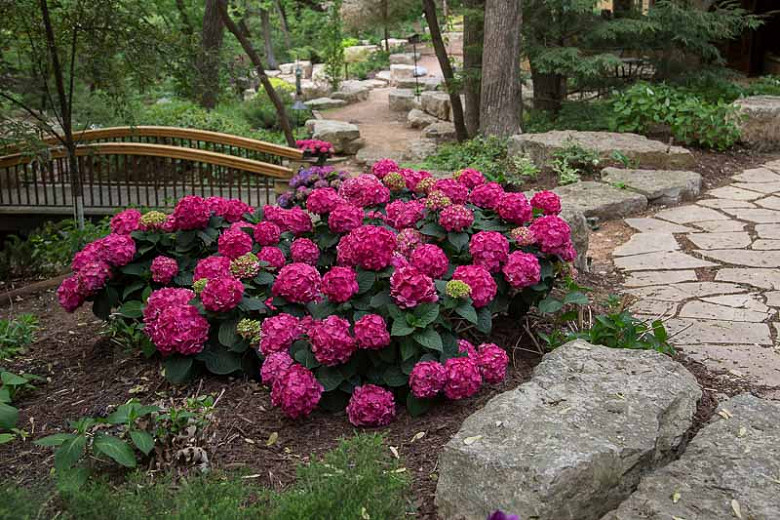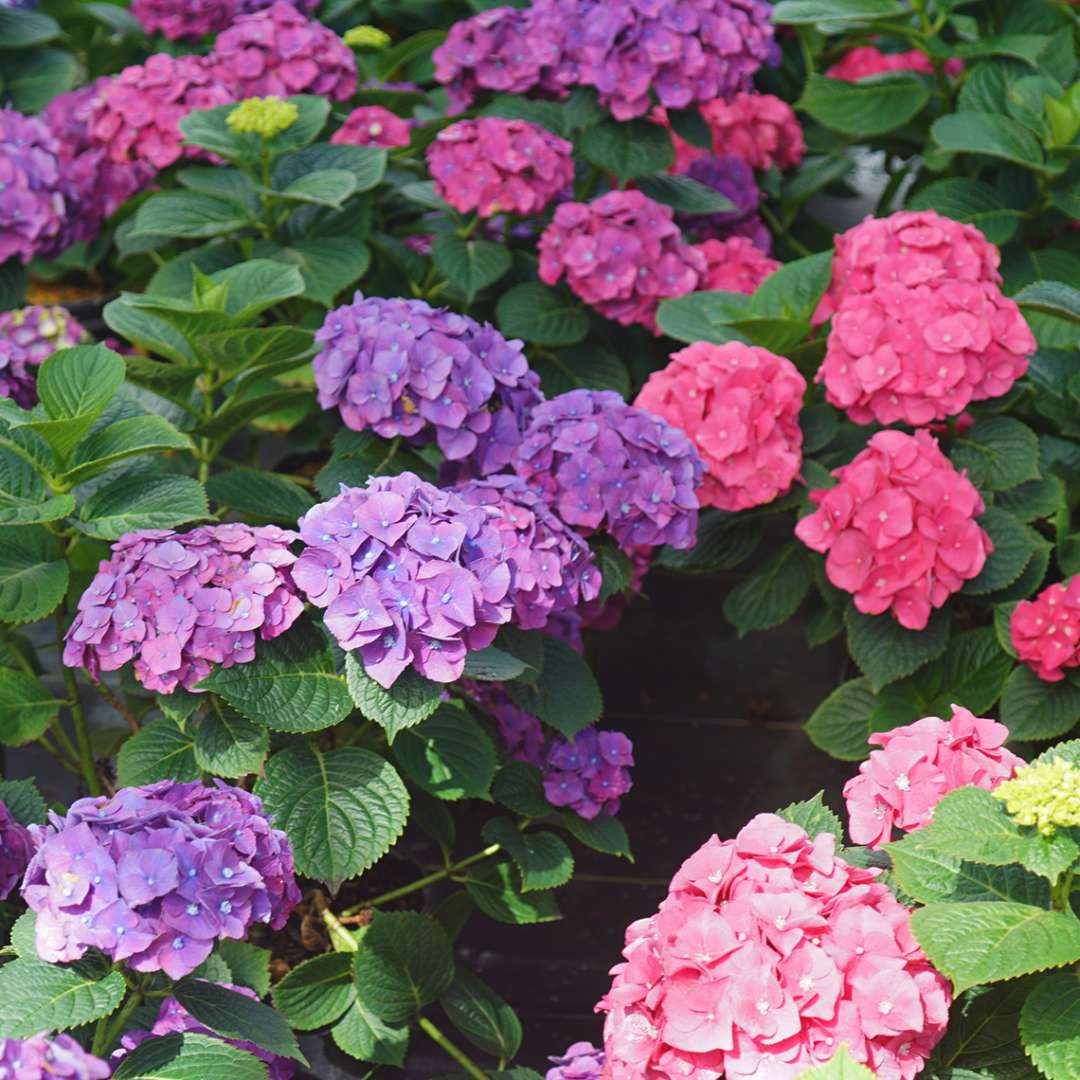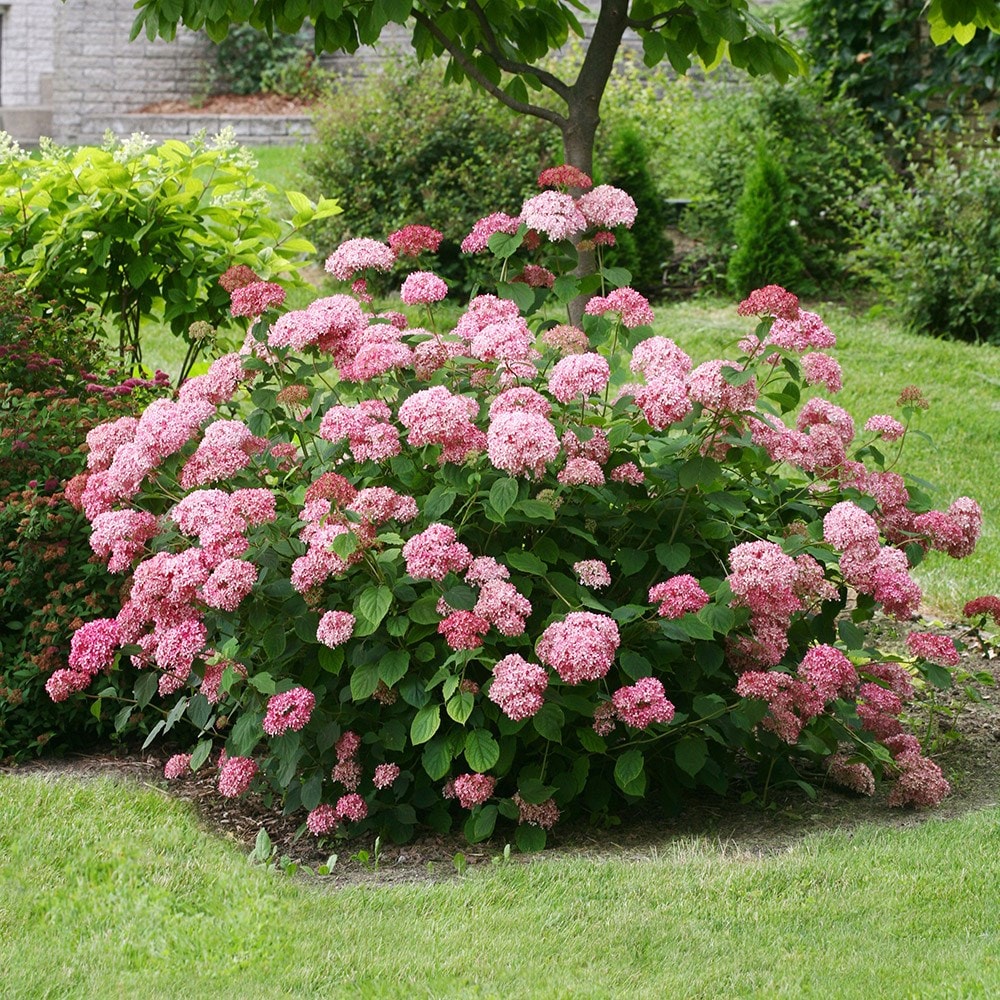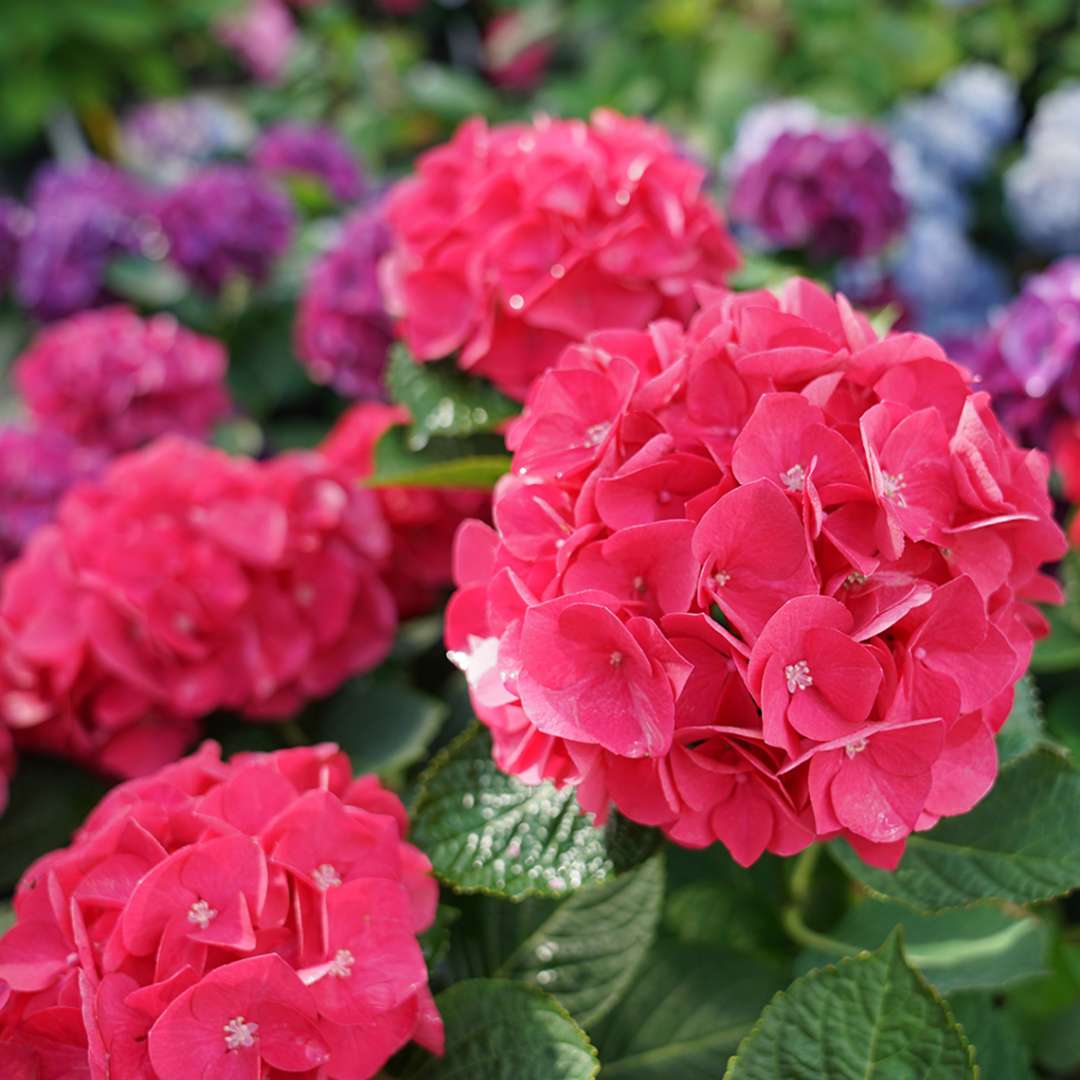Dark Pink Hydrangeas: A Sophisticated Shade For Your Garden
Dark Pink Hydrangeas: A Sophisticated Shade for Your Garden
Dark pink hydrangeas are a beautiful and elegant addition to any garden. They are known for their large, showy blooms that can range in color from light pink to deep rose. Dark pink hydrangeas are also a great choice for shady gardens, as they can tolerate a few hours of morning sun.
In this blog post, we will discuss everything you need to know about dark pink hydrangeas, including:
- How to choose the right variety for your garden
- How to plant and care for dark pink hydrangeas
- How to get the best color in your hydrangeas
Choosing the Right Variety
There are many different varieties of dark pink hydrangeas available, so it is important to choose one that is suited to your growing conditions. Some factors to consider include the size of the plant, the amount of shade it needs, and the color of the blooms.
Here are a few popular varieties of dark pink hydrangeas:
- Endless Summer 'Summer Crush' is a popular variety that is known for its long blooming season. The flowers are a deep pink color and they can last for up to six weeks.

- Let's Dance 'Big Band' is another popular variety that is known for its large, showy blooms. The flowers are a deep pink color and they can reach up to 12 inches in diameter.

- Nikko Blue' is a variety that starts out blue and then fades to pink as the season progresses. This variety is a good choice for gardens with alkaline soil.
- Pink Annabelle' is a variety that is known for its large, white blooms. The flowers are a soft pink color and they can last for several weeks.

Planting and Care
Dark pink hydrangeas are relatively easy to plant and care for. They prefer full to partial shade and well-drained soil. The soil should be slightly acidic, with a pH of 5.5 to 6.5.
When planting dark pink hydrangeas, it is important to dig a hole that is twice as wide and as deep as the root ball. Backfill the hole with soil and water the plant well.
Dark pink hydrangeas need to be watered regularly, especially during the first year after planting. Once they are established, they can tolerate some drought.
Dark pink hydrangeas should be fertilized once a year in the spring. Use a fertilizer that is specifically designed for hydrangeas.
Getting the Best Color
The color of dark pink hydrangeas can be affected by the pH of the soil. In alkaline soil, hydrangeas will bloom blue. In acidic soil, they will bloom pink.
If you want to get the best color in your dark pink hydrangeas, you can adjust the pH of the soil. To make the soil more acidic, add sulfur or aluminum sulfate. To make the soil more alkaline, add lime.
You can also use a fertilizer that is specifically designed to change the color of hydrangeas. These fertilizers contain aluminum sulfate or lime, which will help to adjust the pH of the soil.
Conclusion
Dark pink hydrangeas are a beautiful and elegant addition to any garden. They are relatively easy to plant and care for, and they can be grown in a variety of soil conditions. With a little care, you can enjoy their beautiful blooms for many years to come.
If you're looking for a beautiful and easy-to-grow shrub that will add a touch of elegance to your garden, then a dark pink hydrangea is a great choice. These stunning flowers come in a variety of shades, from pale pink to deep rose, and they can be enjoyed from early summer to late fall.
Dark pink hydrangeas are relatively low-maintenance plants, and they can thrive in a variety of soil conditions. However, they do prefer acidic soil, so if you have alkaline soil, you may need to add some garden lime to the area where you plan to plant them.
To learn more about dark pink hydrangeas, I recommend visiting . This website has a wealth of information about these beautiful flowers, including how to choose the right variety for your garden, how to plant and care for them, and how to prevent pests and diseases.
FAQ of dark pink hydrangea
Q: What are the most popular dark pink hydrangea varieties?
A: There are many popular dark pink hydrangea varieties, but some of the most popular include:
- Hydrangea macrophylla 'Nikko Blue': This variety produces large, mophead blooms that start out blue and gradually turn pink as they age.
- Hydrangea macrophylla 'Pink Annabelle': This variety is known for its large, flat blooms that are a deep pink color.
- Hydrangea macrophylla 'Pink Diamond': This variety produces large, lacecap blooms that are a deep pink color.
- Hydrangea paniculata 'Limelight': This variety produces large, panicle-shaped blooms that start out green and gradually turn pink as they age.
- Hydrangea quercifolia 'Snowflake': This variety is a deciduous hydrangea that produces large, white flowers that turn pink in the fall.
Q: How do I get my hydrangeas to bloom dark pink?
A: There are a few things you can do to encourage your hydrangeas to bloom dark pink:
- Grow your hydrangeas in alkaline soil. Hydrangeas that bloom pink prefer alkaline soil with a pH of 6.0-6.2. You can test the pH of your soil with a pH kit.
- Add Epsom salts or magnesium sulfate to the soil. Epsom salts or magnesium sulfate can help to increase the magnesium levels in the soil, which encourages deeper shades of pink.
- Fertilize your hydrangeas with a fertilizer that is high in phosphorus. Phosphorus helps to promote flower production.
- Water your hydrangeas regularly. Hydrangeas need regular water, especially during the flowering season.
Q: Do dark pink hydrangeas need acidic soil?
A: No, dark pink hydrangeas do not need acidic soil. In fact, they prefer alkaline soil with a pH of 6.0-6.2. If you plant your hydrangeas in acidic soil, they may bloom blue or purple instead of pink.
Q: How do I keep my hydrangeas dark pink year after year?
A: To keep your hydrangeas dark pink year after year, you can do the following:
- Prune your hydrangeas in the spring. Pruning your hydrangeas will help to encourage new growth, which will produce new flowers.
- Fertilize your hydrangeas regularly. Fertilizing your hydrangeas will help to keep them healthy and promote flower production.
- Water your hydrangeas regularly. Hydrangeas need regular water, especially during the flowering season.
- Protect your hydrangeas from pests and diseases. There are a few pests and diseases that can affect hydrangeas, so it is important to protect your plants from these problems.
Q: What are some other colors that hydrangeas can bloom?
A: Hydrangeas can bloom in a variety of colors, including blue, pink, purple, white, and green. The color of a hydrangea's blooms is determined by the pH of the soil. In acidic soil, hydrangeas will bloom blue. In alkaline soil, hydrangeas will bloom pink or purple. In neutral soil, hydrangeas will bloom white or green.
Image of dark pink hydrangea
- Image 1: A close-up of a dark pink hydrangea flower with a deep, rich color. The petals are slightly curled and the center of the flower is a darker pink.
- Image 2: A cluster of dark pink hydrangea flowers in full bloom. The flowers are arranged in a loose cluster and the petals are a deep, vibrant pink.
- Image 3: A hydrangea bush covered in dark pink flowers. The flowers are in full bloom and the bush is a mass of deep pink.

- Image 4: A dark pink hydrangea in a vase. The flower is a deep, rich pink and it is surrounded by green leaves.

- Image 5: A dark pink hydrangea against a blue sky. The flower is a deep, vibrant pink and it stands out against the blue sky.


Post a Comment for "Dark Pink Hydrangeas: A Sophisticated Shade For Your Garden"